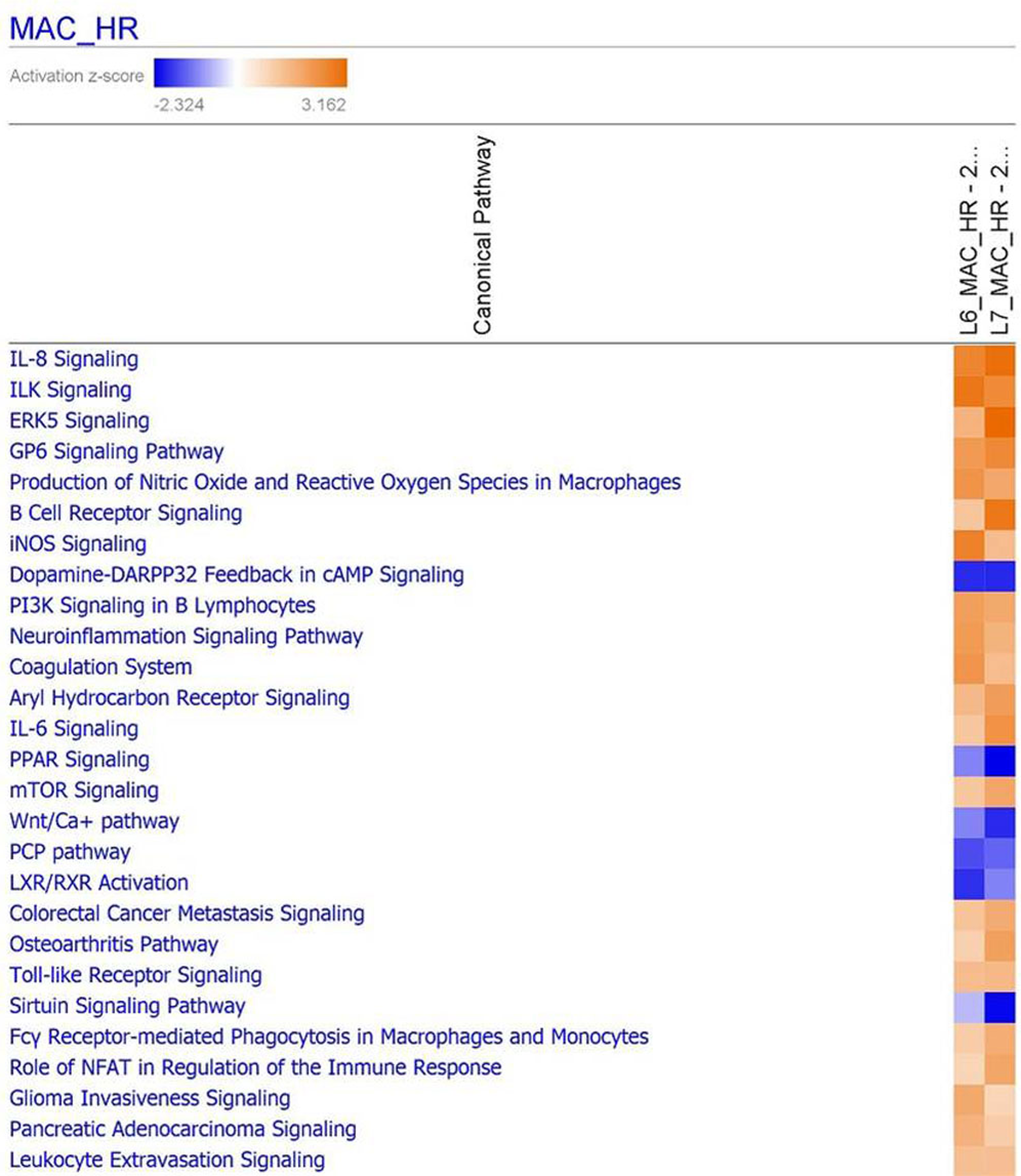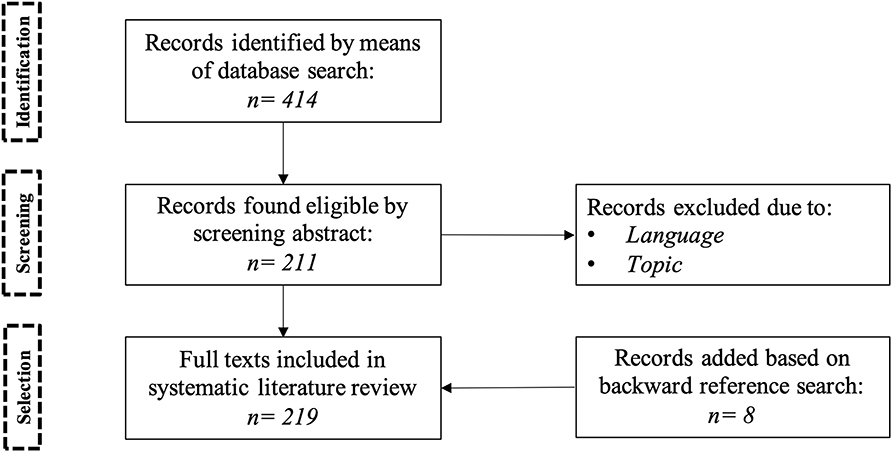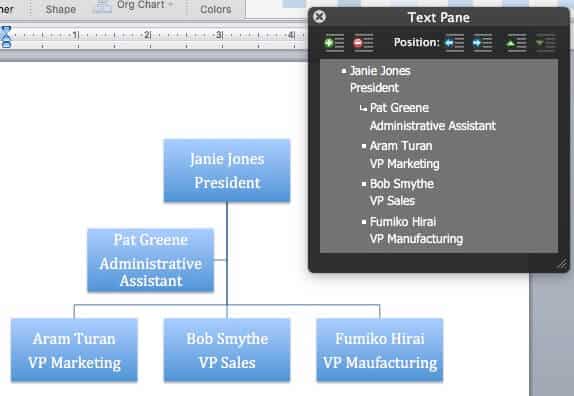

These results will vary depending on the particular model and features being used.īecause of memory issues, we have shown consistently reduced multi-threading efficiency when running on a multi-CPU computer, regardless of the number of cores in each CPU. FLAC3D generally performs best, as much as five times faster on a six-core CPU.

The office for mac 2011 product key provided represents software#
Also, the software will show a different performance benefit when running on multiple cores or processors. Not all features of all the software have been made multi-threaded yet, and if they are used, they will reduce the overall benefit gained from multiple processors. The current versions of FLAC, FLAC3D, UDEC, 3DEC, and PFC are multi-threaded. Should I get two processors (or four, six, or n)? What multi-processor configuration is optimal? However, we do not have specific side-by-side benchmarks of comparable processors to support this conclusively. There is some evidence to support the notion that the Intel C++ optimizer produces output that does not run as well on AMD processors. We also use the Intel C++ compiler to produce the release-optimized software. Algorithmic choices based on performance are made using tests on Intel hardware. While we do not use compiler settings to optimize our software to any specific CPU, we do use Intel processors during development. In addition, the "real-world" performance of the processor on a computer will be significantly affected by hardware and software configurations-the same processor may perform quite differently from one computer to the next, based on configuration differences. Processors have a speed rating reported by the manufacturer, but on current computers, these ratings are nearly impossible to compare effectively between manufacturers. Regarding specific processors, Itasca can offer little insight beyond what is mentioned in the next item.

The computer buyer who can ascertain that one processor should work faster for other software products can reasonably expect that this will be true when running an Itasca program. Generally, the faster the processor, the faster it will calculate with Itasca software. Processor speeds, attributes, and architectures vary widely. Given the caveats above, the information provided below represents our best effort to guide the user who intends to purchase a computer for use with Itasca software. We recognize that the purchase of Itasca software represents a significant commitment on the part of our users and that users are understandably interested in ensuring they have the optimum computer system for running an Itasca software. Only direct testing can be used to issue a guarantee of performance, and, regrettably, Itasca cannot perform an infinite number of tests to issue such guarantees. As this is the case, Itasca cannot guarantee the performance of any particular system, and therefore cannot make recommendations about computers or computer components that users should buy. As such, they are recommendations, not guarantees.įor today's consumer, the range of computer configurations is effectively infinite. These are the lowest hardware specifications that can be used with no expectation of performance issues. Graphics cards can negatively affect rendering and cause crashes in the worst cases.įor each Itasca program ( FLAC, UDEC, FLAC3D, 3DEC, and PFC), a set of suggested minimum system requirements is provided. It is extremely rare, but hard drive space also can be a concern. The speed performance of Itasca software is principally affected by two computer hardware elements: processor(s) and RAM.


 0 kommentar(er)
0 kommentar(er)
